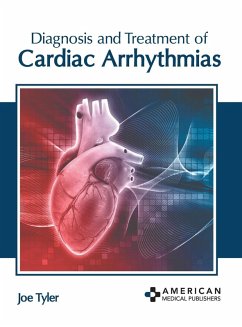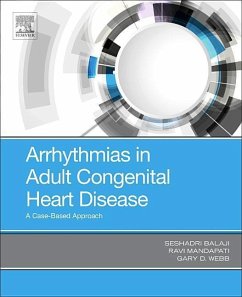
Cardiac Mechano-Electric Coupling and Arrhythmias
Versandkostenfrei!
Versandfertig in über 4 Wochen
351,99 €
inkl. MwSt.

PAYBACK Punkte
176 °P sammeln!
Ranging from stretch-activated ion channels to mechanically induced arrhythmias and mechanical interventions for heart rhythm correction, this new edition offers a thoroughly reviewed compendium of chapters, written by the top-experts in the world, on the mechanism and consequences of cardiac mechano-electrical coupling.












